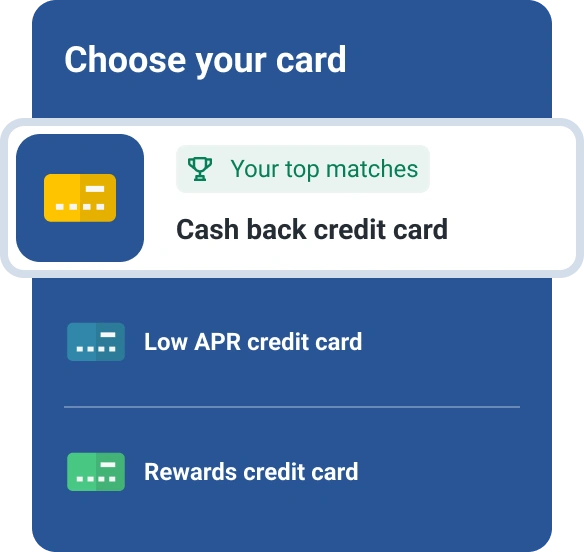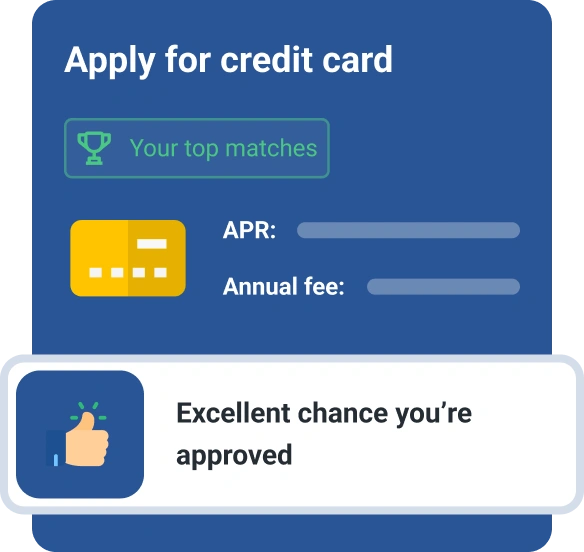Can You Have a Negative Balance on a Credit Card?
Quick Answer
It's possible for you to have a negative credit card balance if you receive a refund after making a payment, have a fraudulent charge reversed, overpay your bill or receive a statement credit.

A positive balance on a credit card means that you owe the credit card company money. But in some cases, the reverse may also be true. Yes, you can have a negative balance on your credit card. Here are some of the situations where that can occur and what you can do about it.
What Can Cause a Negative Balance on Your Credit Card?
When you use your credit card to make a purchase, the total amount borrowed will appear as a positive balance on your credit card statement. A negative balance, on the other hand, will show up as a credit. A minus sign will appear before the number of your current balance.
Negative balances can happen for the following reasons:
- Fraudulent charge reversal: If someone used your credit card without your permission, the amount charged is not your financial responsibility. Once the fraud is discovered, the credit card issuer will reverse the transaction, which could result in a negative balance if you've already made a payment.
- Returned purchase refund: Maybe you bought something with your card but decided not to keep it. If you've already paid your credit card bill, the refund of the initial charge could result in a negative balance.
- Overpayment of the bill: Not all credit card issuers allow you to pay more than what you owe. But in some cases, you may accidentally overpay your credit card bill if you make a mistake when typing in the payment amount or receive a credit around the same time as your payment.
- Canceled fees: Perhaps you negotiated with the credit card issuer to waive a late fee or other fees. If you already paid off a balance that included those charges, a negative balance will appear on your statement.
- Statement credit: Many rewards credit cards allow you to redeem a welcome bonus or everyday cash back, points or miles as a statement credit on your account. If the credit exceeds your current balance, it will result in a negative balance.
Does a Negative Balance Affect Your Credit Score?
Your credit card issuer reports your account balance to the credit reporting agencies each month, but having a credit on your account won't ding your credit score.
Your credit utilization rate, which is the percentage of your available credit that you're using at a given time, is an important factor in your credit score. It's recommended to keep your utilization rate as low as possible, but having a utilization rate of 0%—meaning a $0 balance on a card—isn't necessary for a high credit score.
Additionally, a negative balance has no impact on your credit card's limit. For example, if the limit is $5,000 and the issuer owes you $200, your new credit limit isn't $5,200. You will be able to charge up to the limit plus the negative balance, but your credit limit remains the same.
What to Do if You Have a Negative Balance
If you notice a negative balance on your credit card, there are a few things you can do about it, depending on your preference.
Request a Refund
Some credit card issuers will provide you with a credit balance refund automatically after a certain amount of time has passed. If you want the money sooner, though, you can request a refund directly.
Depending on the card issuer, you may be able to do this directly in your online account, via live chat or phone, or even in person at a local branch. Refund options may include direct deposit, a paper check or a transfer to one of your other cards with the same issuer.
Make a Purchase
You may also consider making purchases to spend down the negative balance. If you have a -$200 balance, for instance, and spend $250, your new balance will be $50.
The Bottom Line
It's not often that you'll have a negative balance on your credit card, but don't fret if it happens. If you use the card for everyday purchases, you can get that money back simply by making purchases—the card issuer will cover them until you reach a $0 balance. If you don't use the card regularly or the credit balance is sizable, you may consider requesting a refund.
While a negative credit card balance won't affect your credit, it's still a good idea to monitor your credit regularly to understand how your credit card usage impacts your credit score. With Experian's free credit monitoring service, you'll get access to your FICO® ScoreΘ and Experian credit report. You'll also get alerts when changes to your credit report occur, so you can better manage your credit health.
Don’t apply blindly
Apply for credit cards confidently with personalized offers based on your credit profile. Get started with your FICO® Score for free.
See your offersAbout the author
Ben Luthi has worked in financial planning, banking and auto finance, and writes about all aspects of money. His work has appeared in Time, Success, USA Today, Credit Karma, NerdWallet, Wirecutter and more.
Read more from Ben

